Amazon’s Kindle used to be the best e-reader out there, but now that the iPad’s been announced, the e-reader’s slowly-updating, monochrome display looks like something the ghost of Johannes Gutenberg is ectoplasmically sliming digital type upon from beyond the grave.
No surprise, then, that they’ve already announced the Kindle for iPad app… or, officially, Kindle Apps for Tablet Computers (Including the iPad).
Make no mistake: this is basically a Kindle-compatible version of iBooks, right down to a re-skinned library screen. The New York Times describes it in action:
The Kindle app for the iPad, which Amazon demonstrated to a reporter last week, allows readers to slowly turn pages with their fingers. It also presents two new ways for people to view their entire e-book collection, including one view where large images of book covers are set against a backdrop of a silhouetted figure reading under a tree. The sun’s position in that image varies with the time of day.
The big question is whether or not Apple is even going to let apps like the Barnes & Noble reader or Amazon’s Kindle for iPad on the App Store. Both would compete with iBooks as an e-reading app, and Apple has a history of turning down apps because they duplicate existing functionality.
Even if Apple does let them in, though, Apple may not allow users to buy Kindle or Barnes & Noble e-books as in-app purchases, effectively hobbling them. In fact, I’m guessing that’s exactly what’s going to happen: Apple may be willing to let existing Kindle owners migrate over to the iPad, but there’s no way Apple’s going to allow Amazon to get a foothold as an e-book seller on their own platform.



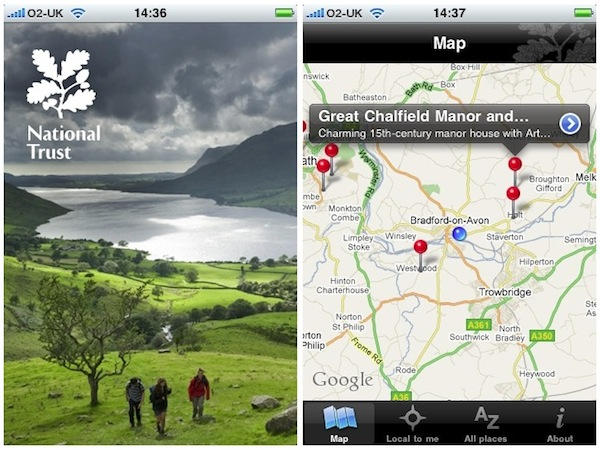
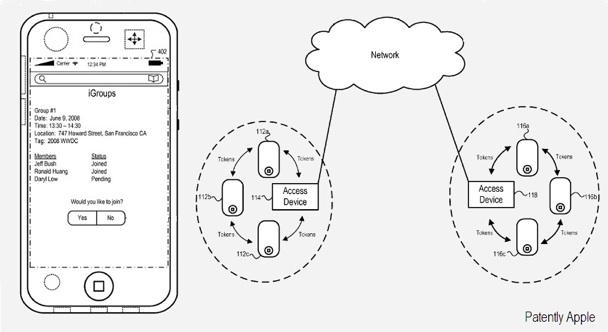
![One iPhone, Two Different Numbers, Courtesy Of Toktumi’s Line2 App [Review] IMG_9043](https://www.cultofmac.com/wp-content/uploads/2010/03/IMG_9043.jpg)

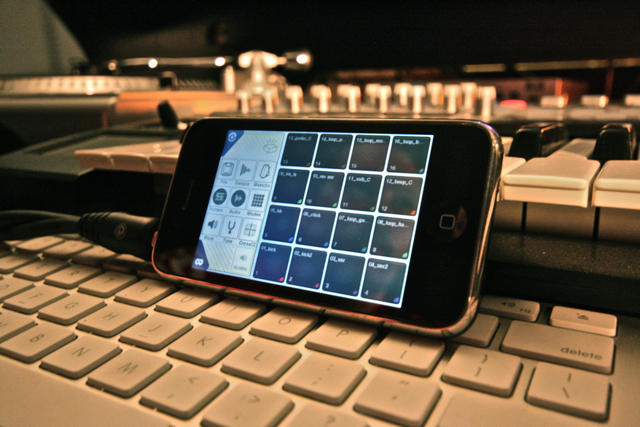
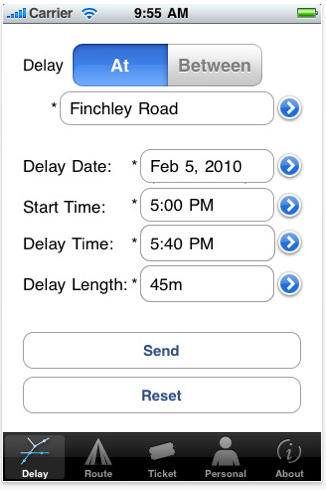


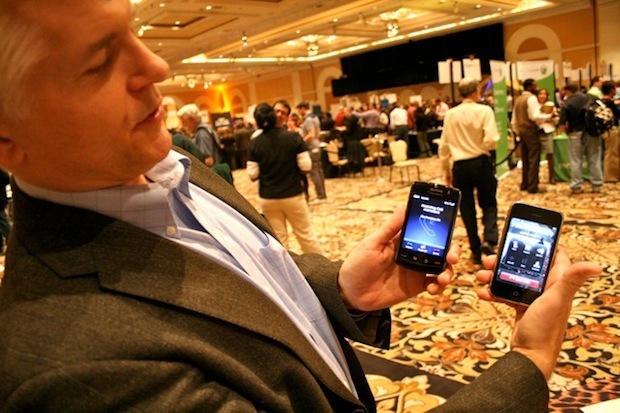
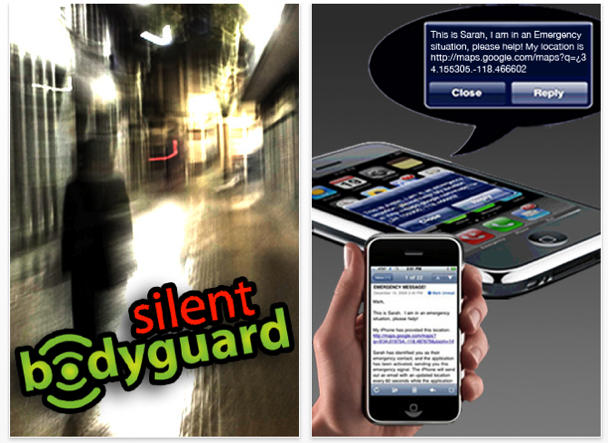

![KIL.A.TON: How Do I Blow Thee Up? Let Me Count The Ways [Review] post-33808-image-f9bf15b789956a4eda783487bb6227b8-jpg](https://www.cultofmac.com/wp-content/uploads/2010/03/post-33808-image-f9bf15b789956a4eda783487bb6227b8.jpg)
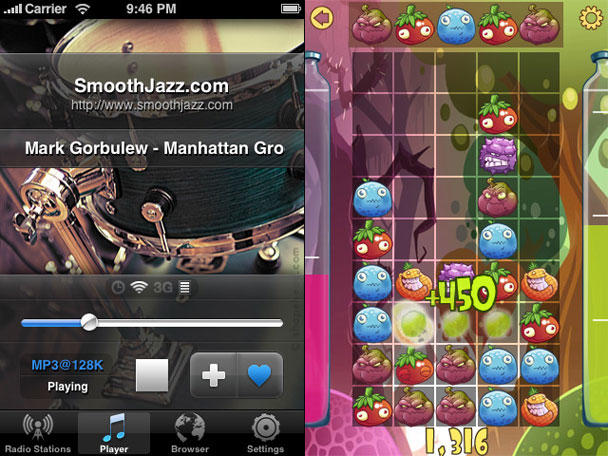
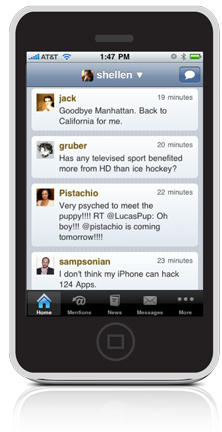
![Stick Some Legendary Drum Pads In Your Pocket [Review] post-33139-image-33357ad0d840be3693f49642a63470fe-jpg](https://www.cultofmac.com/wp-content/uploads/2010/03/post-33139-image-33357ad0d840be3693f49642a63470fe.jpg)

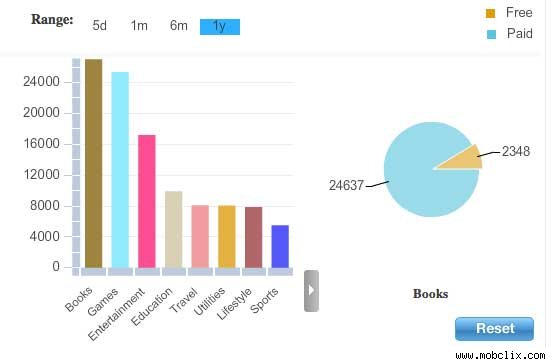

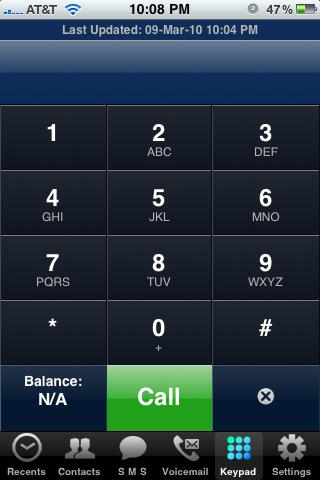
![Free-Form Awesome Note Brims Over With Style, Falls Short On Function [Review] post-33038-image-2d15d3c1d88c72e7e157cadc27f4a48b-jpg](https://www.cultofmac.com/wp-content/uploads/2010/03/post-33038-image-2d15d3c1d88c72e7e157cadc27f4a48b.jpg)




